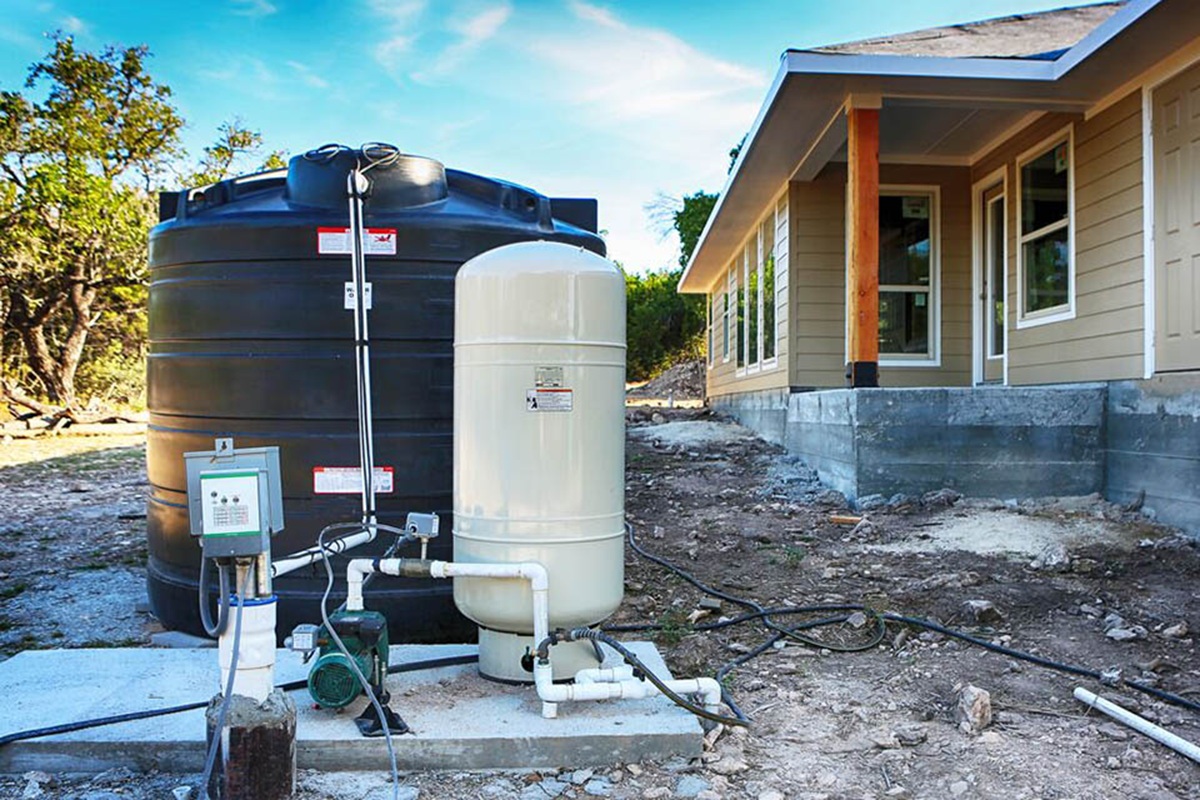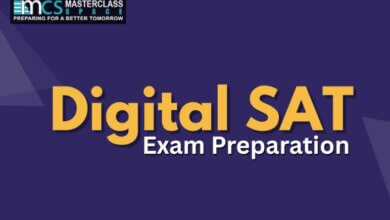What Does a Typical CCIE Security Lab Exam Training Journey Look Like?
What Does a Typical CCIE Security Lab Exam Training Journey Look Like?
If you’re thinking about going for the CCIE Security Lab Exam Training, you’ve probably heard the legends—engineers locking themselves away for months, burning through rack rentals like midnight snacks, and emerging either victorious or humbled. The CCIE Security Lab is known as one of the toughest challenges in networking, and for good reason.
But here’s the truth: while it’s hard, it’s not impossible. Thousands of engineers have gone through the same journey, and you can too. The key is knowing what to expect, preparing strategically, and staying consistent. Let’s take a detailed look at what a typical CCIE Security Lab training journey looks like—so you can see the road ahead clearly and decide how to walk it with confidence.
Step 1: Understanding the Challenge
Before anything else, candidates spend time understanding what this exam really is. The CCIE Security Lab isn’t your average multiple-choice test. It’s an eight-hour, hands-on lab exam designed to test not just what you know but how well you can apply it under pressure.
Picture this: you’re given a complex network setup with multiple tasks like configuring VPNs, securing firewalls, troubleshooting broken authentication systems, and implementing intrusion prevention policies. You’re under strict time constraints, and every misstep eats into the clock.
That’s why CCIE Security Lab Exam Training isn’t just about learning theory—it’s about building confidence, speed, and muscle memory with Cisco’s security technologies.
Step 2: Building a Strong Foundation
One of the biggest mistakes candidates make is diving straight into advanced labs without brushing up on fundamentals. The reality? Without a rock-solid foundation, the lab will chew you up.
This phase is all about reinforcing the basics:
-
Routing and Switching – understanding core networking protocols
-
VPNs – from basic site-to-site to complex DMVPN setups
-
Firewalls (ASA and FTD) – configuring and troubleshooting policies
-
ISE and Identity Services – managing authentication and authorization
-
Intrusion Prevention – tuning and troubleshooting IPS rules
Think of this step as building the walls of your house before you start decorating. Without it, the whole structure collapses.
Step 3: Creating a Realistic Study Plan
Ask any CCIE who passed, and they’ll tell you: consistency is everything. You can’t just “study when you have time.” The exam is too intense for that.
A good CCIE Security Lab Exam Training program often provides a structured roadmap, but you’ll need to personalize it. Many candidates follow a three-phase plan:
-
Learning Phase – reviewing core technologies and filling knowledge gaps.
-
Practice Phase – hands-on lab practice, solving real-world scenarios.
-
Mock Phase – simulating the actual exam with time constraints.
A realistic schedule might look like dedicating 2–3 hours on weekdays and longer sessions over the weekend. Remember, it’s not just about the hours you put in—it’s about the quality of practice.
Step 4: Diving Into Hands-On Labs
Here’s where the rubber meets the road. After brushing up on fundamentals, most candidates spend countless hours inside labs.
Virtual labs and rack rentals are where you’ll configure, break, and fix Cisco security devices until it becomes second nature. You’ll set up VPNs, fine-tune firewall rules, configure access controls, and troubleshoot misconfigured systems.
This stage can be frustrating. Imagine spending hours chasing a bug, only to realize the problem was a missing command or a typo. But here’s the thing: these painful moments are the best teachers. They’re what prepare you for the chaos of exam day.
Step 5: Mock Exams – Training Like It’s the Real Thing
At some point, practice alone isn’t enough. You have to simulate the pressure of the real exam.
That’s where mock labs come in. These are timed simulations that replicate the exam format. You’ll work through complex scenarios under strict deadlines, training your brain and hands to stay calm and focused.
This stage isn’t about learning new things—it’s about refining strategy:
-
How to manage time
-
How to prioritize tasks
-
How to stay calm when something doesn’t work right away
Many engineers say that after two or three mock exams, they finally feel confident about facing the real challenge.
Step 6: Balancing Study with Real Life
One often-overlooked part of the journey is balance. Most CCIE candidates are full-time professionals with demanding jobs and families. That means your training has to fit into an already busy schedule.
The trick is sustainability. Burning out after two months helps no one. Instead, create a study rhythm that you can stick to long-term. Some candidates wake up early to study before work; others dedicate evenings or weekends.
It’s also important to take breaks. Go for a walk, spend time with your family, or do something non-technical. A clear mind absorbs information much better.
Step 7: The Emotional Rollercoaster
Let’s be honest: the CCIE journey isn’t just technical—it’s emotional. You’ll have days when everything clicks, and you feel unstoppable. And you’ll have days where nothing works, and you’ll question why you even started.
But here’s the encouraging part: every CCIE before you has gone through the same rollercoaster. The lows are temporary, and each breakthrough gets you closer to your goal. Stick with your CCIE Security Lab Exam Training, and those small victories will pile up until you’re ready for exam day.
Step 8: The Final Stretch – Exam Week
The week before the lab, most candidates scale back the heavy studying. This is when you focus on reviewing weak spots, revisiting key concepts, and keeping your energy high. Cramming rarely helps at this stage—instead, it’s about fine-tuning and staying calm.
A good night’s sleep, a healthy routine, and a confident mindset are as important as technical knowledge when you walk into the exam room.
Conclusion
So, what does a typical CCIE Security Lab Exam Training journey look like? It’s long, challenging, and sometimes frustrating—but also deeply rewarding. It’s not just about passing a test; it’s about transforming into a sharper, more resilient engineer.
If you’re thinking of starting, know this: the path won’t always be smooth, but with the right training program, structured practice, and perseverance, you can absolutely succeed. Every CCIE before you has faced the same doubts, the same hurdles, and the same long nights. And they made it—you can too.







